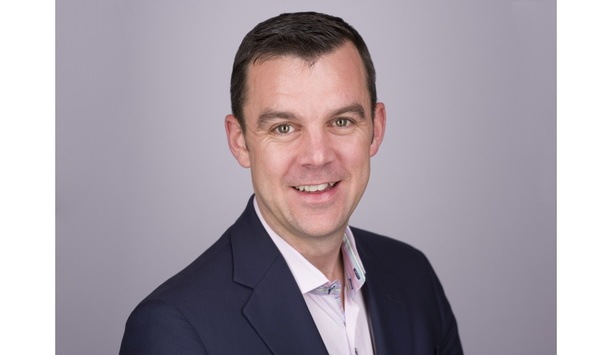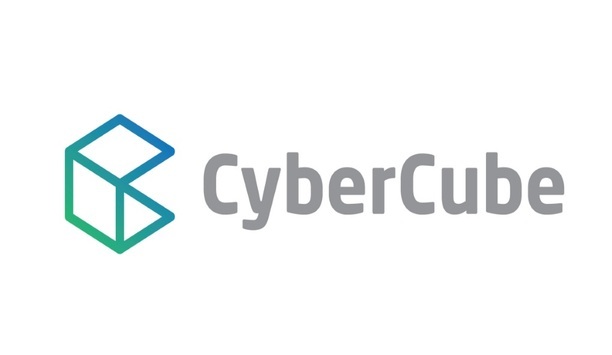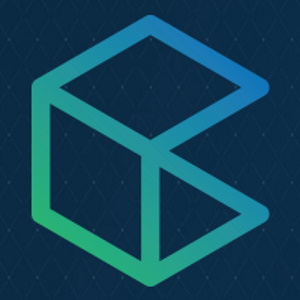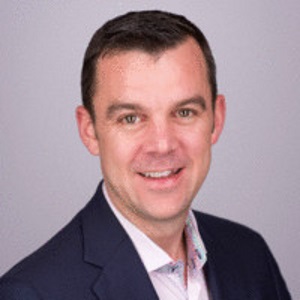Yvette Essen

Yvette Essen
Head of Content and Communications, CyberCubeYvette Essen is currently working in the capacity of Head of Content and Communications at CyberCube. She has previously held the profiles of Director of Research and Communication at A.M. Best Company and Insurance Correspondent at The Daily Telegraph. Yvette is an alumnus of the prestigious UCL and Cardiff University.
News mentions
Nation-state cyber threat actors are expected to acquire and flex new offensive cyber capabilities in an increasingly polarized world, warns pioneering cyber risk analytics specialist CyberCube. In a...
C-suite executives will increasingly be targeted by cyber criminals looking for ways of extorting money from large corporations. According to a new report from cyber analytics provider CyberCube, org...
A lack of historical data and the rapidly evolving nature of cyber threats mean that cyber risk modellers need to be selective in the lessons they learn from natural catastrophe models. According to...





































